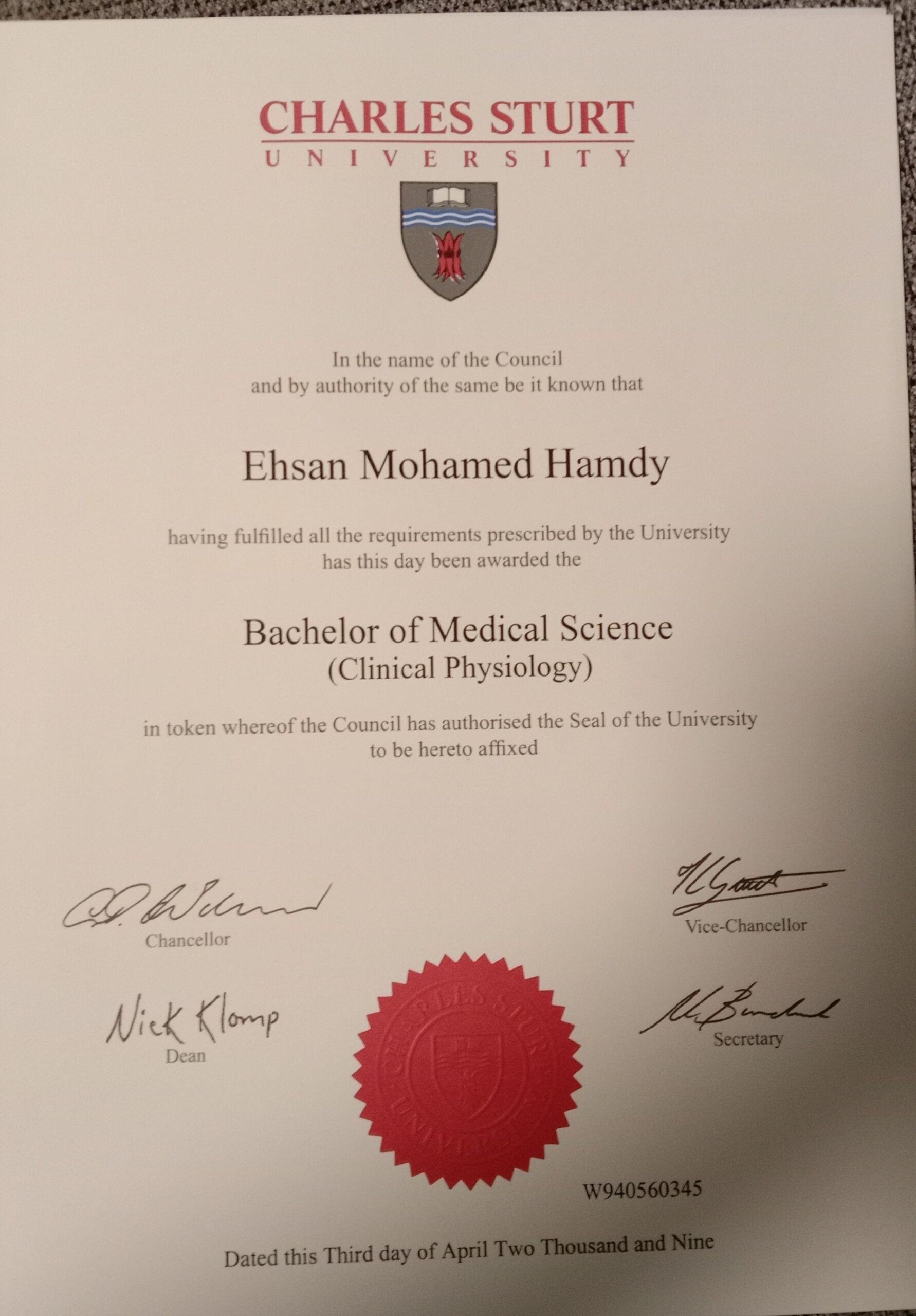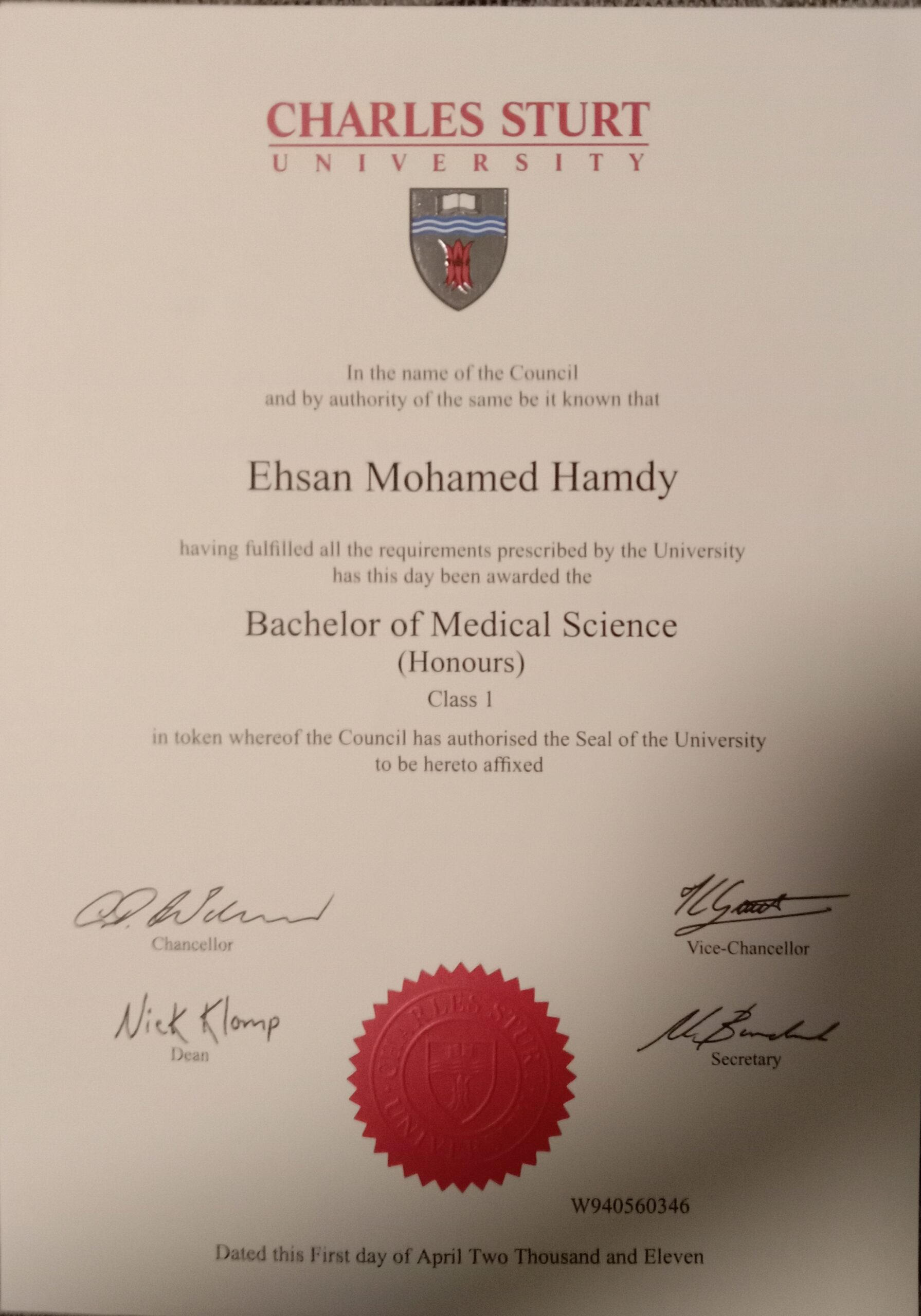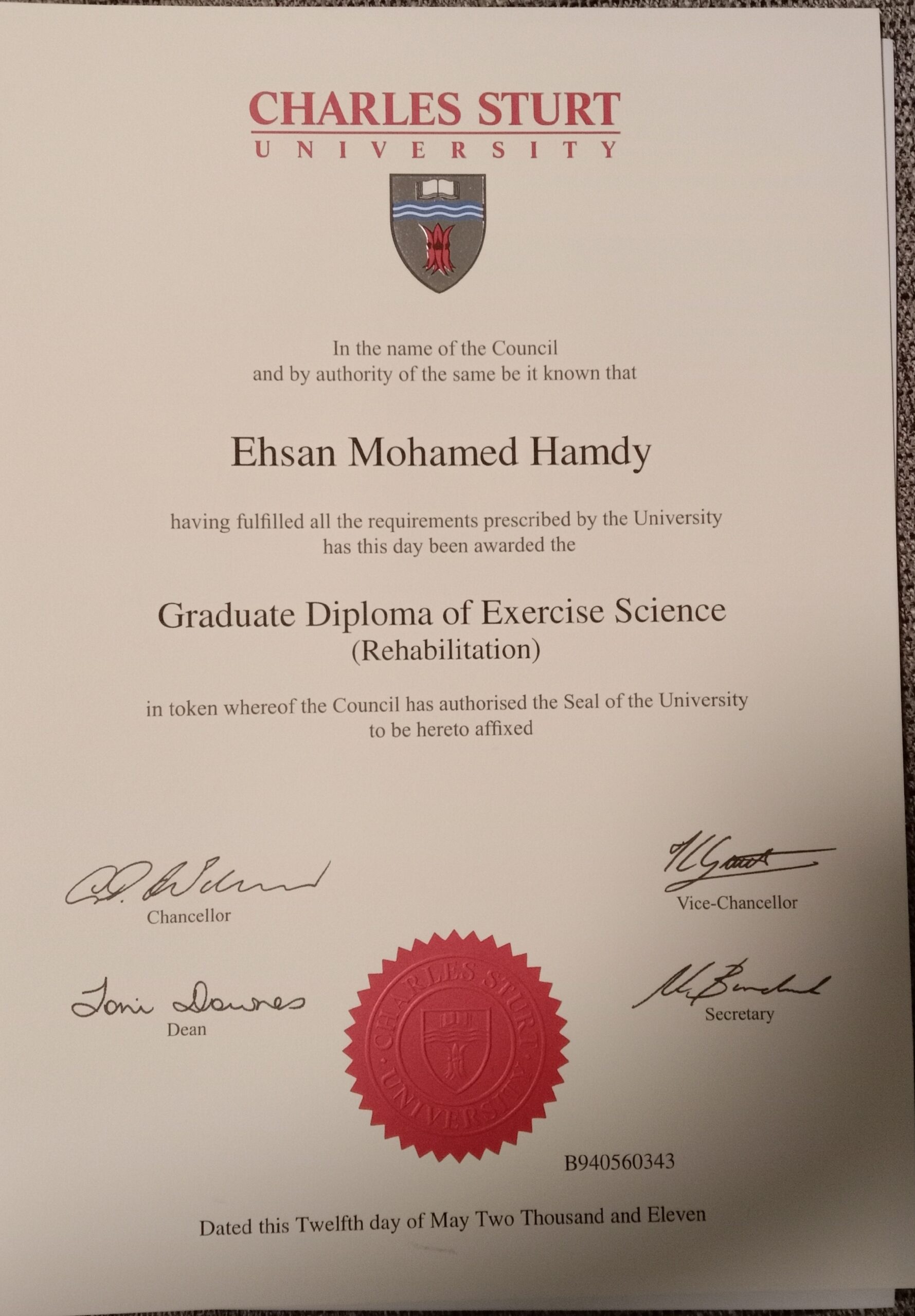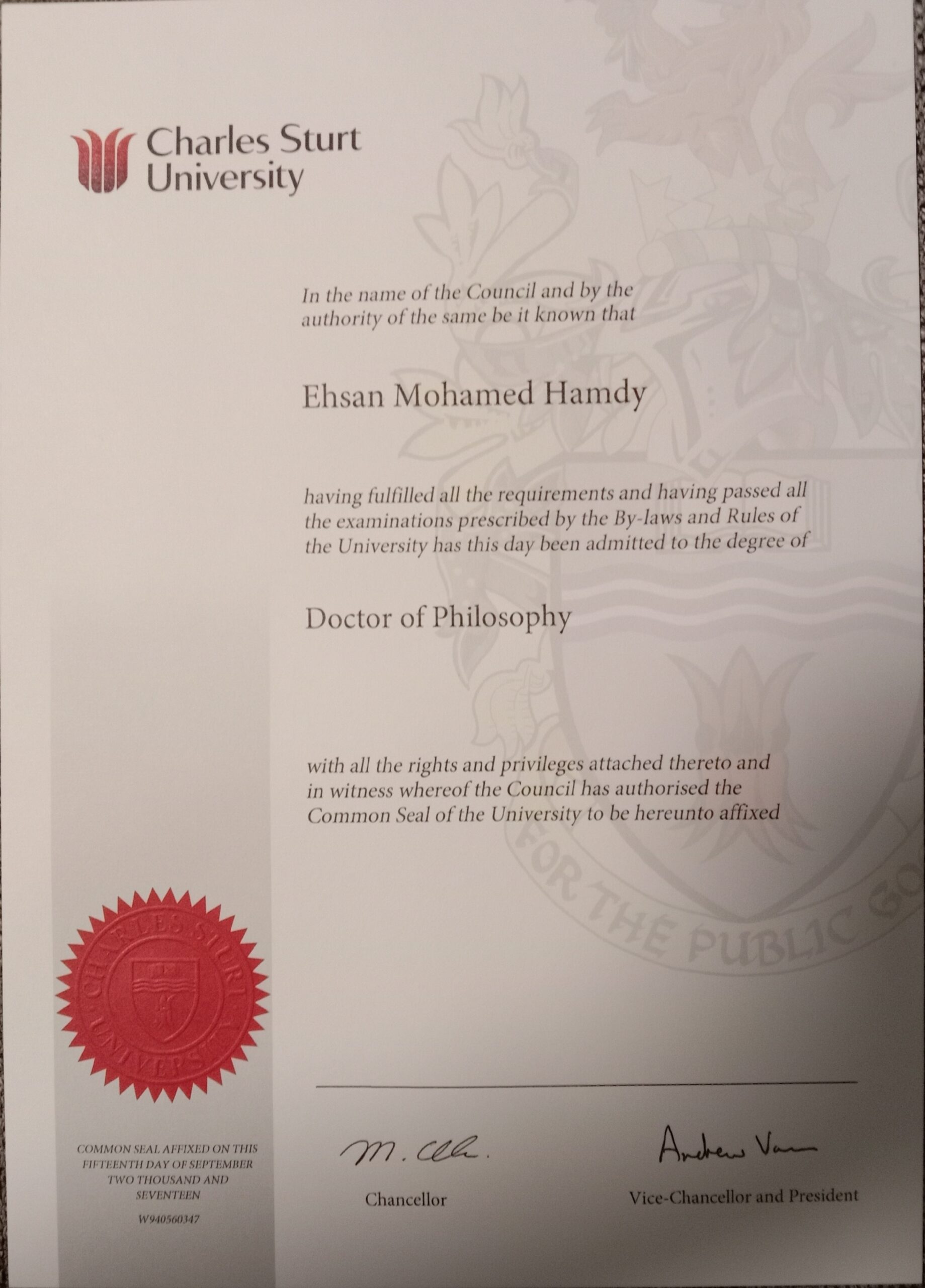Deep Breath 😎
Hopefully you guys are having a great day/night so far. Here's a nice vibe to start with, because tonight I'm going to share the story behind the research and how it started. Not the geeky science stuff, but the reason it started and why there's so much of it to talk about with you guys. Ready? Here we go.

Started During Clinical Training
While I was completing my clinical placements for my Medical Science (Clinical Physiology) degree, I decided that I was going to go on and do more studies because I wanted to become an Exercise Physiologist. So I began doing some clinical placements for that career too. This led me to a cardiac rehabilitation ward in a local hospital, where I saw the staff pushing very ill patients, fresh out of surgery, really hard. The staff kept trying to get their heart rates to go higher, but the patients weren't really going very fast on the treadmills. This made me realise that not only was it dangerous but it was also not... not... AHA! EFFICIENT!
The problem was we hadn't studied that at university, and there wasn't any research on the concept at all. Believe me, I looked (fun fact: with the exception of the NICER study, there still isn't). That's when I knew that it was important to raise the issue with someone.
But who do I speak to? I can't tell the clinical staff who were training me that this student thinks they're doing things wrong.
The First Research Step
I decided that before I graduate from my undergrad degree, I had to speak to Prof Lexin Wang. He was my Cardiovascular Physiology and my Pharmacology professor, and a very talented Cardiovascular Surgeon and Specialist Physician with many years of experience and a lot of accomplishments. I was very nervous when I approached him, worried that he might think I was a joke and just laugh at my suggestion.
Instead, Prof Wang listened patiently as I described what I saw during training and my ideas to fix the problem by conducting research. He waited until I was finished and then told me (with a little excitement) that he agreed, that my grades were good enough to start an Honours degree, and that if I did really well, then he would support my application for a PhD after that.
Can you imagine... not only did he not laugh at this fool in front of him saying that "I can fix things", and not only did he share his own insights on the subject from his experience, but he was actually encouraging and willing to support me if I worked hard. And folks, I worked really, really hard!!!


Starting To Build Exerpience
While completing the Honours research, I was also completing my graduate studies in Exercise Science to become an Exercise Physiologist. In addition to the studies for both of these degrees, I went on to do more hours as a volunteer in the same hospital ward where I began my training.
The main difference now was that I could talk to the staff about what I was doing and why it was important, without sounding like an idiot because Prof Wang had given me the confidence to speak up.
Eventually, after all the effort, I managed to complete the two degrees and was now at a stage that I would never have believed possible even in a million years.
I approached Prof Wang at the end of my Honours and Grad Dip with a little more confidence (but still nervous) and told him I was ready if he was willing to continue supporting the project. And yep, he actually said yes! To this day, I still can't believe he gave me the chance, to be honest.
Then Came The Big One
OK so now, I had an opportunity, but I knew it would happen once. I won't explain why I knew that now, but just trust me. I knew. So I had to really make it count.
After speaking with other co-supervisors and trying really hard to fit everything I could into the research, I came up with this:
(a) Ten (yes 10) retrospective studies (looking at patient data from the previous 8 years, around 4,200 records in total;
(b) One qualitative study (a survey of patients at another hospital completing a similar program;
and the important bit...
(c) a clinical pilot study where I would test my approach to cardiac rehabilitation and introduce the new concept of physiologic efficiency.
Don't ask me how I did it. But eventually, I finished. And that, ladies and gentlemen, is why there's so much geeky stuff for us to talk about 😉
Stay awesome,
EMH

